15 Incredible Historical Sites You Can Visit Outside the U.S.
History lovers will find plenty of reasons to look beyond the usual spots. Across the globe, there are places that hold deep meaning and unforgettable stories. Many of them are open to visitors who want to experience something real and lasting. Take this as your sign to explore new places that have shaped the world in quiet but powerful ways.
This post may contain affiliate links, which helps keep this content free. Please read our disclosure for more info.
Machu Picchu, Peru
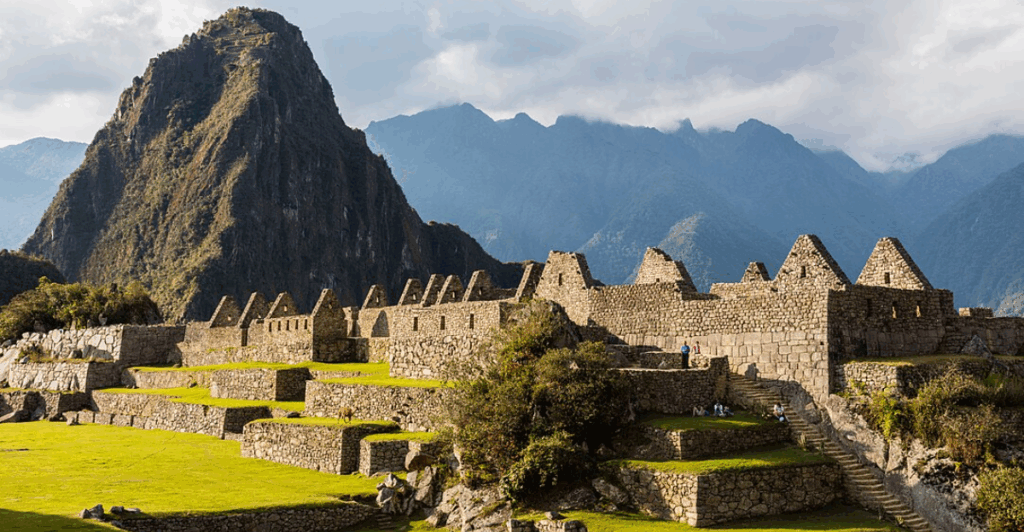
Machu Picchu sits high in the Andes Mountains of Peru and was built in the 15th century by the Inca civilization. It is believed to have been a royal estate or religious site, with stone structures that still remain largely intact. The site is surrounded by lush green peaks and attracts visitors for its beauty and mystery. Guided tours are available to explore the Temple of the Sun, the Intihuatana stone, and the terraced hillsides.
Machu Picchu was rediscovered in 1911 by American explorer Hiram Bingham and has since become a symbol of Incan ingenuity. The stonework fits together so tightly that no mortar was needed, showing their knowledge of earthquake-resistant design. Entry is regulated to protect the site, so booking tickets in advance is recommended. The nearest access point is the town of Aguas Calientes, reached by train or hike.
Petra, Jordan

Petra is an ancient city carved into red sandstone cliffs, located in southern Jordan. Built by the Nabataeans around the 4th century BCE, it served as a vital trade center linking Arabia, Egypt, and the Mediterranean. The most iconic structure is the Treasury, which appears dramatically at the end of a narrow canyon. Other highlights include the Monastery and the Royal Tombs.
Petra was largely unknown to the western world until it was introduced in the early 1800s. Visitors can walk or ride through the Siq, a long rock passageway that opens into the city. The archaeological park offers a full day of exploration, especially for those who enjoy hiking. Comfortable shoes and sun protection are highly recommended.
Angkor Wat, Cambodia

Angkor Wat is located near the city of Siem Reap and is the largest religious monument in the world. Originally built in the 12th century as a Hindu temple, it later became a Buddhist site. Its five towers and massive moat create an unforgettable scene, especially at sunrise. Detailed carvings and bas-reliefs tell stories from Hindu mythology.
The temple complex covers over 400 acres, and visitors often spend a few days exploring its many ruins. Angkor Wat is part of the larger Angkor Archaeological Park, which includes other temples like Bayon and Ta Prohm. The site is accessible by tuk-tuk, bike, or guided tour. Entrance fees go toward preservation efforts.
Colosseum, Italy

The Colosseum is located in the center of Rome and dates back to 80 AD during the reign of Emperor Titus. It was once the largest amphitheater of its kind, hosting gladiator battles and public spectacles. The structure could hold more than 50,000 people and remains a symbol of ancient Roman architecture. Visitors today can walk through the ruins and imagine the roar of ancient crowds.
The Colosseum is part of a larger archaeological area that includes the Roman Forum and Palatine Hill. It is recommended to buy tickets in advance to skip long lines, especially during peak tourist season. Guided tours provide helpful background on Roman history and engineering. Restoration work is ongoing to preserve this cultural icon.
Acropolis of Athens, Greece
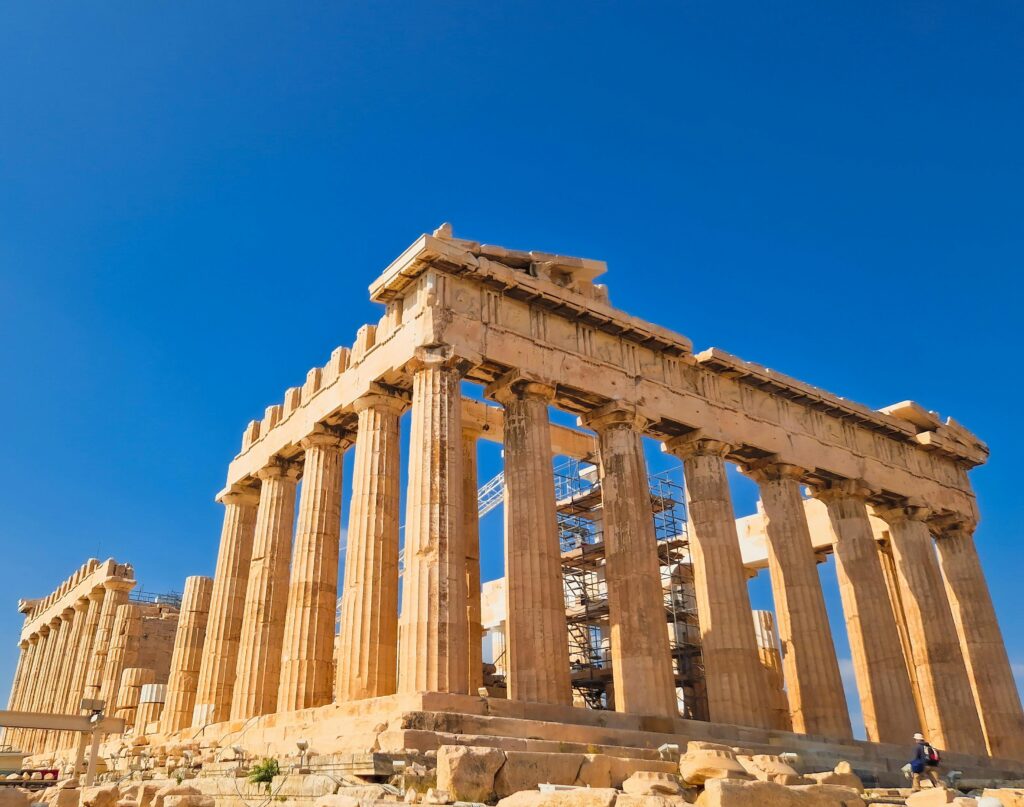
The Acropolis is a historic citadel built on a rocky hill above Athens, dating back to the 5th century BCE. It houses several ancient structures, the most famous being the Parthenon, which honors the goddess Athena. These temples reflect the height of classical Greek art and thought. The location offers sweeping views of modern Athens from its summit.
The Acropolis Museum nearby displays many artifacts found on the site, providing context to the ruins. Visitors can climb the steps and explore monuments like the Erechtheion and Temple of Athena Nike. Early morning visits are ideal to avoid the midday heat and crowds. The area is walkable from many central hotels.
Great Wall of China, China
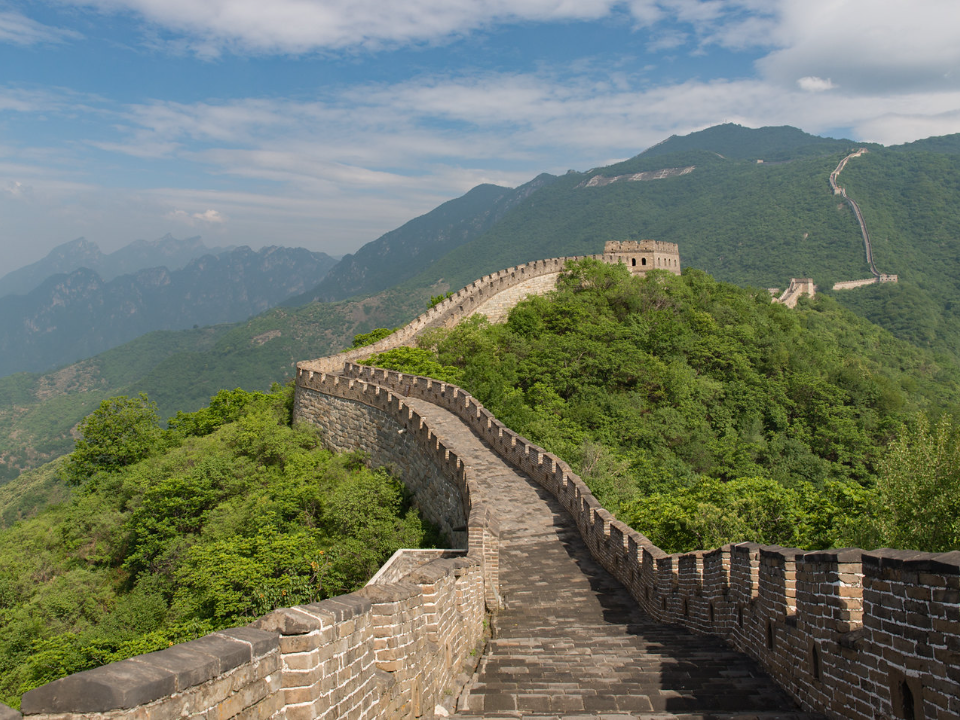
The Great Wall stretches across northern China and was built over centuries beginning as early as the 7th century BCE. It was primarily constructed to protect Chinese states from nomadic invasions. Today, well-preserved sections near Beijing are open to tourists, with Badaling and Mutianyu being among the most popular. The wall winds over mountains, deserts, and grasslands.
Hiking along the Great Wall offers a mix of scenic views and physical challenge. Cable cars are available at some locations for those who prefer a less strenuous visit. Spring and fall are ideal times to go due to the mild weather. Comfortable footwear is a must, as the terrain can be steep and uneven.
Alhambra, Spain

The Alhambra sits on a hill overlooking the city of Granada and was originally built in the mid-13th century by the Nasrid dynasty. It served as a royal palace and fortress, blending Islamic art with Spanish culture. Intricate tilework, flowing fountains, and lush gardens make the site unforgettable. The Nasrid Palaces and Generalife gardens are the most visited areas.
Tickets often sell out days in advance due to the site’s popularity, so early booking is recommended. The Alhambra reflects centuries of artistic and political change in Spain. Night visits offer a different perspective with dramatic lighting. Audio guides help bring its long history to life for visitors.
Chichen Itza, Mexico
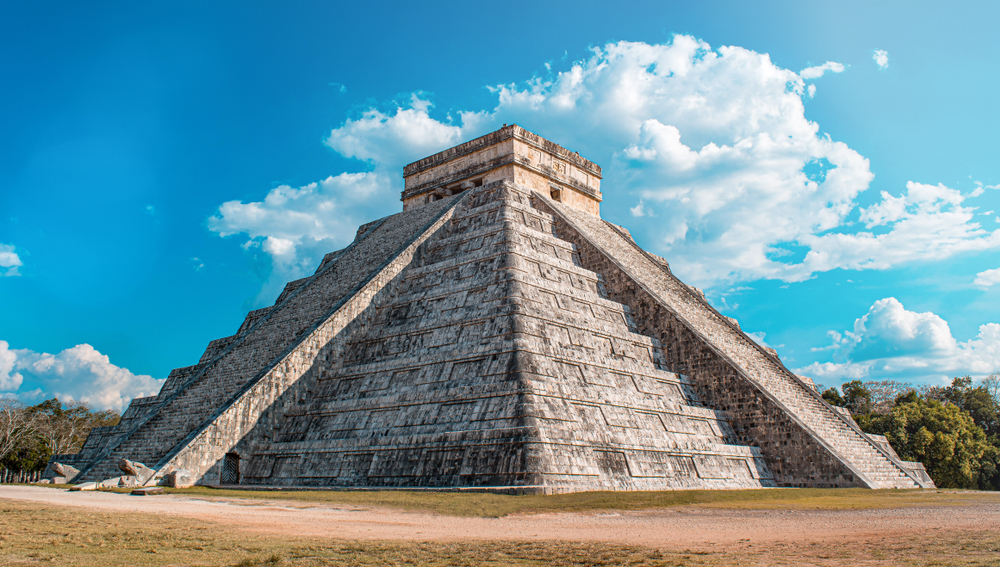
Chichen Itza is located on Mexico’s Yucatán Peninsula and was a major city of the ancient Maya civilization. It flourished between the 7th and 10th centuries and features impressive structures like the Temple of Kukulcán. This pyramid aligns with the sun during the spring and fall equinoxes, creating a shadow that looks like a serpent. Other highlights include the Ball Court and Sacred Cenote.
Chichen Itza is a UNESCO World Heritage Site and attracts visitors from all over the world. Tours often leave from Cancun or Mérida, with day trips being a popular option. The site offers shaded areas, but visitors should bring water and wear hats. Early morning is best to avoid heat and crowds.
Stonehenge, United Kingdom
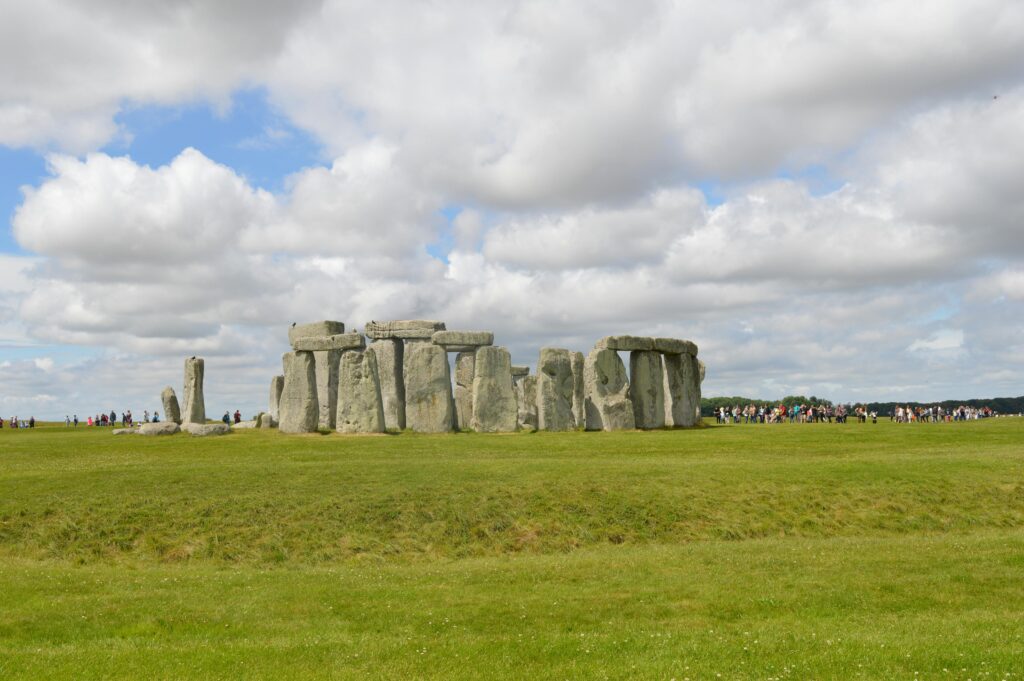
Stonehenge is located in Wiltshire, England, and dates back to around 3000 BCE. The site consists of massive standing stones arranged in a circular formation, whose purpose still sparks debate. It is believed to have been used for ceremonial or astronomical purposes. The surrounding landscape includes burial mounds and other Neolithic structures.
Visitors can walk around the stones via a designated path, while a visitor center offers exhibits and a reconstructed village. Audio guides provide insights into the history and theories about the site. The area is accessible by bus from nearby cities like Salisbury. Tickets can be booked online in advance.
Hagia Sophia, Turkey
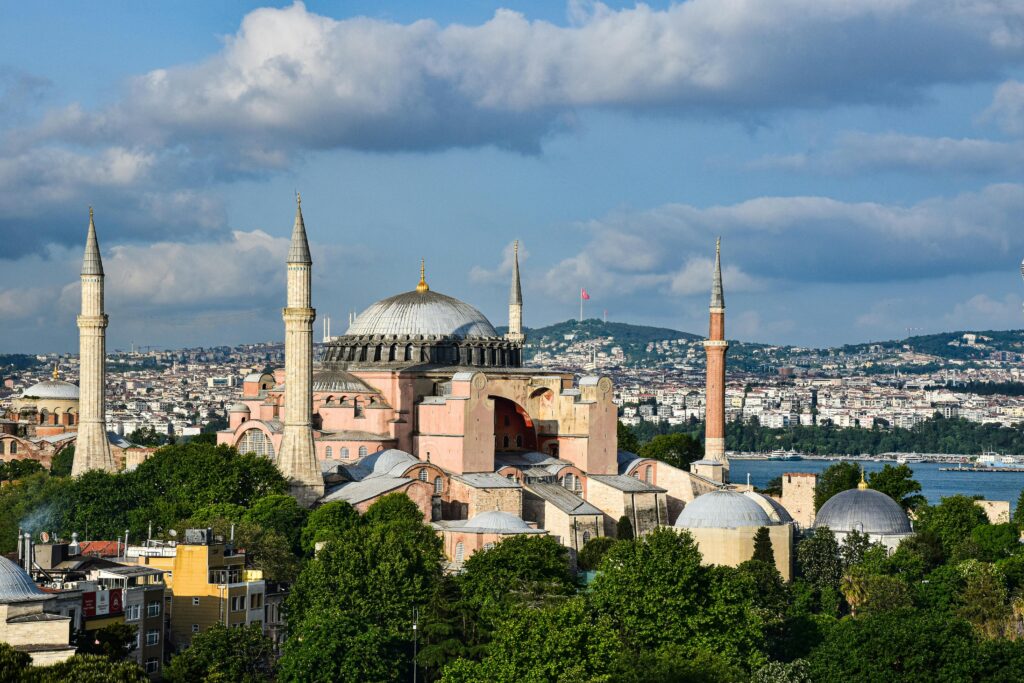
Hagia Sophia is located in Istanbul and was first completed in 537 AD under Emperor Justinian I. Originally a church, it later became a mosque and now functions as a museum and place of worship. The building showcases massive domes, mosaics, and marble pillars. Its layered history reflects centuries of religious and cultural shifts.
Visitors are welcome to explore both floors, where Christian and Islamic influences exist side by side. Proper attire is required when entering, especially during prayer times. Guided tours help explain the architectural and historical features. Hagia Sophia stands near other important landmarks like the Blue Mosque and Topkapi Palace.
Mont Saint-Michel, France

Mont Saint-Michel is a tidal island located in Normandy, France, and dates back to the 8th century. It features a Gothic-style abbey perched on top of a rocky mount. During high tide, it appears to float on water, making it one of the most picturesque sites in France. The village below offers narrow streets, shops, and cafés.
Access to the island is by foot, shuttle, or horse-drawn carriage during low tide. The abbey provides sweeping views of the bay and the surrounding landscape. Visitors often spend a full day exploring the site and nearby museums. It is best to check the tide schedule before planning a trip.
Terracotta Army, China
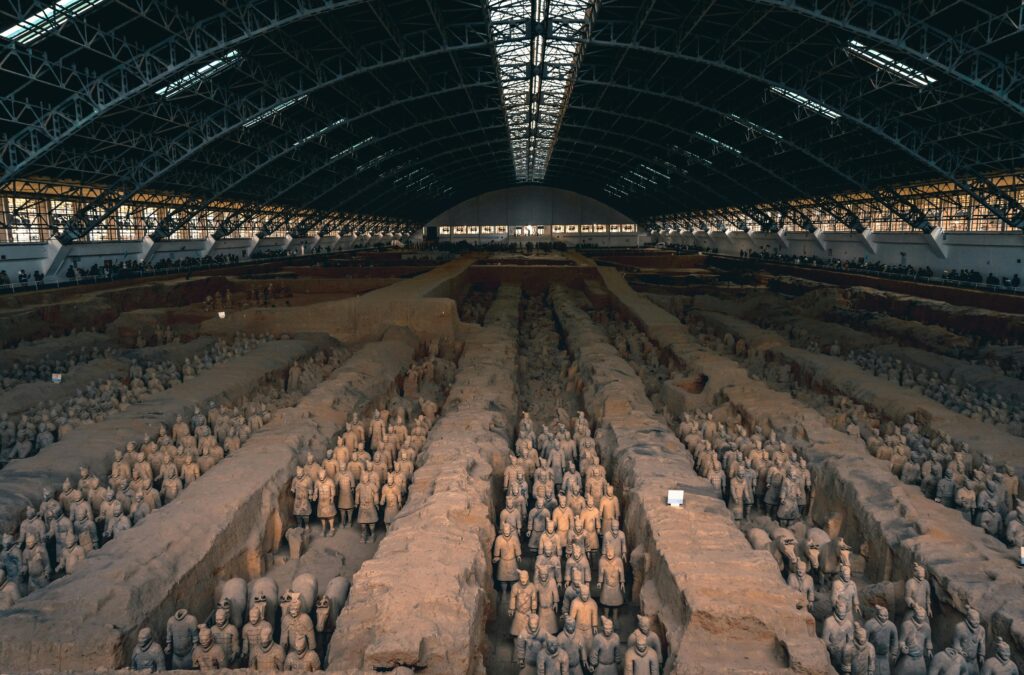
The Terracotta Army is located near Xi’an and was buried with China’s first Emperor, Qin Shi Huang, around 210 BCE. Thousands of life-sized clay soldiers, horses, and chariots were unearthed in 1974. Each figure is uniquely detailed, reflecting military ranks and roles. The army was meant to guard the emperor in the afterlife.
The museum complex includes three large excavation pits and a hall displaying restored artifacts. Visitors can learn about the process of constructing and restoring the figures. Photography is allowed in most areas, although flash is not recommended. The site is best visited with a guide to understand its full significance.
These historic destinations continue to impress travelers with their stories, beauty, and cultural value. From temples to palaces, they provide more than just photo opportunities. A visit to one of these locations can leave a lasting impression. If you enjoy traveling with purpose, these places are worth your time.
This article originally appeared on Avocadu.
